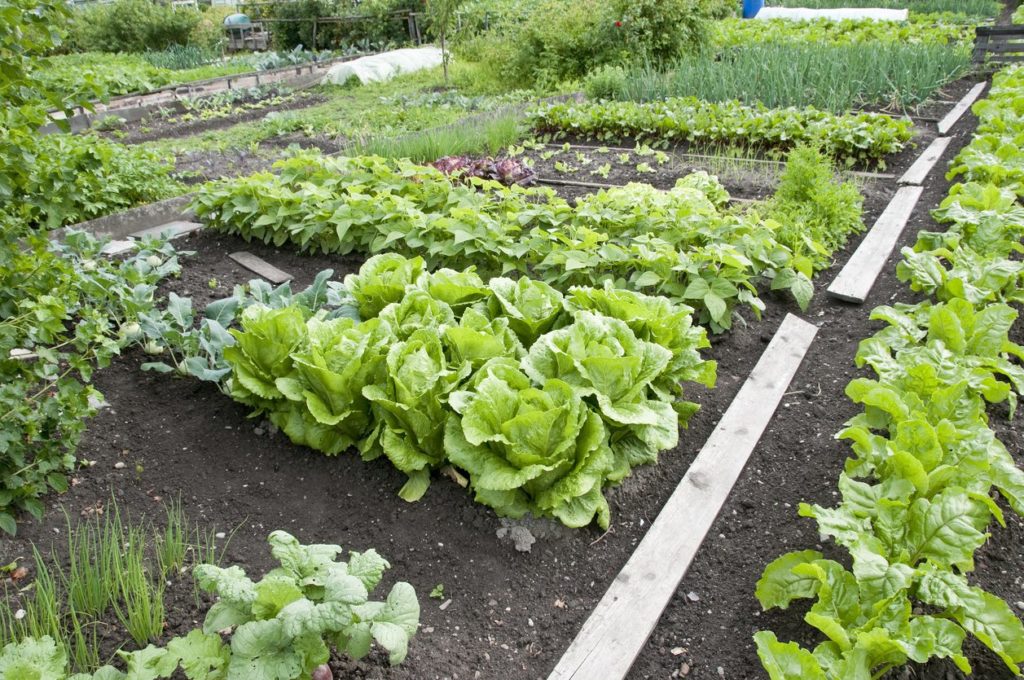|
Getting your Trinity Audio player ready...
|
Gardening is a natural stress reliever. Being outside in the fresh air and sunshine can improve mood and make you feel rejuvenated and overall happy. In addition, vegetables to grow in your lawn is a healthy activity.
Growing your food also gives you an excellent sense of accomplishment.
There is no comparison between the taste of a garden-fresh tomato and a grocery store-bought one that’s destitute of flavor.
Though growing your vegetables can seem overwhelming, it’s much simpler than it sounds. Even if you don’t have a yard, you can grow out of one pot!
Moreover, getting kids involved in the gardening process will make them more likely to try the vegetables.
This is the right time to plan for the coming season. If you’re new to gardening, we are here to help you grow the best vegetables in your garden.
5 Best Vegetables to Grow in Your Lawn
There’s absolutely nothing like having fresh veggies, especially if you grow them yourself. As a beginner, start by choosing easy vegetables.
We’ve listed the five best vegetables below:
-
Beetroot
For a super-easy to grow root veggie, try beetroot. Often utilized in salads but equally tasty eaten warm and freshly boiled as a vegetable.
Beetroot can be sown directly into the moist ground from March to July. From May to September, you’ll anticipate harvesting your own colorful, succulent beetroot.
This brightly colored veggie is a favorite for pickling, juicing, and roasting. It offers up some amazing nutrients as well as antioxidant and anti-inflammatory properties.
-
Zucchini
More and more people are growing zucchini in their gardens, and it’s easy to see why. These attractive plants are surprisingly low maintenance and reliably produce great-tasting yields.
Zucchini contains Vitamins A, B1, and B2, magnesium, potassium, copper, calcium, and phosphorus.
Use zucchini in soups and stews, sautéed as a side, food, and lower-carb banana substitute in smoothies.
-
Potatoes
A fun crop to grow Plant potatoes during late February and March in potato bags that are only partially filled with compost.
When the green shoots begin to seem above the soil, cover them with more compost. Repeat until the bag is full, and then you only need to remember to water them!
The real fun comes at the top of the season, 10 to twenty weeks later, when the foliage starts to yellow and shrink.
Tip the bag out and rummage in the soil to collect up your home-grown potatoes.
Potatoes are quite unchallenging vegetables to grow at home!
They are the no 1 vegetable crop in the world. Potatoes are a good source of Vitamins B6 and C, potassium, copper, manganese, phosphorus, phytonutrients, and dietary fiber.
-
Tomatoes
Fresh, homegrown tomatoes are the reason for many of us to get into vegetable gardening in the first place.
They have a reputation for being fussy, but growing tomatoes is usually hassle-free if you recognize what to observe out for.
As they grow, be sure to watch for signs of blight which is an issue that emerges in many regions in the United States.
Aside from all the tasty belongings, what you can do with tomatoes are:
- making salads
- juicing
- preserving
- sauces
They are full of nutrition, including Vitamins A, C, K, and B6, folate, and potassium.
-
Carrots
Growing carrot is straightforward as long as you’re comfortable with guesswork when it comes time to harvest.
During planting, there are a couple of rules to measure by:
- loose soil
- cool weather
- And lots of water.
After the plants are established, add mulch on top of the soil to help conserve moisture.
In general, it is time to reap when the roots begin to rise, and therefore the tops of the carrots are visible, but this would possibly not always happen.
Most varieties are going to be mature and prepared to obtain between 60 and 80 days after planting.
Wrapping It Up!!!
Consuming more fresh fruits and vegetables is one of the foremost important belongings you can do to have a healthy diet.
When you pick vegetables right from your garden, the vitamin content is going to be at its highest.
Also, you’re reducing the danger of eating vegetables that contain harmful chemicals. Now you will know exactly what you’re consuming.
References
https://www.kellogggarden.com/blog/gardening/top-20-garden-vegetables-to-grow/


